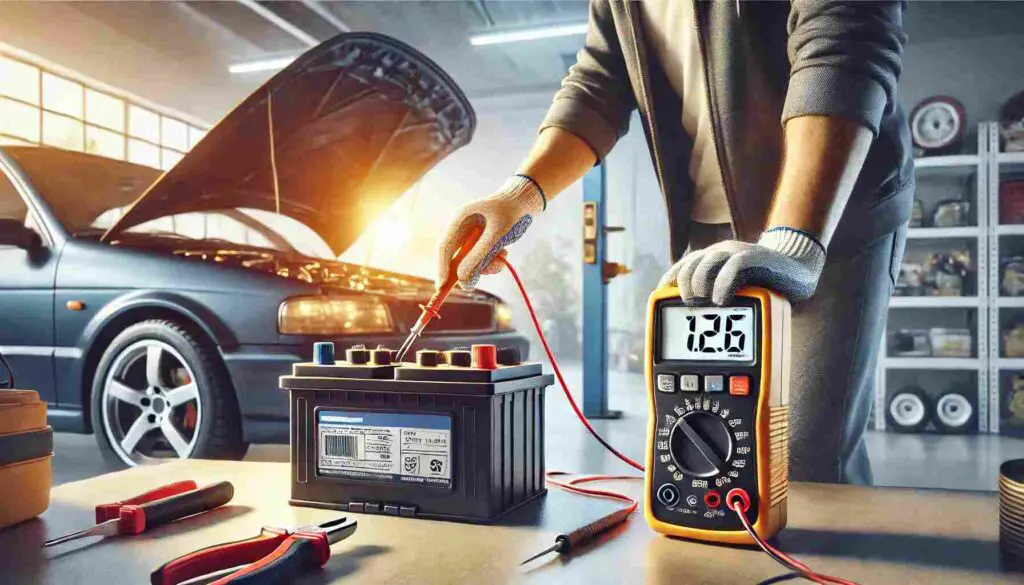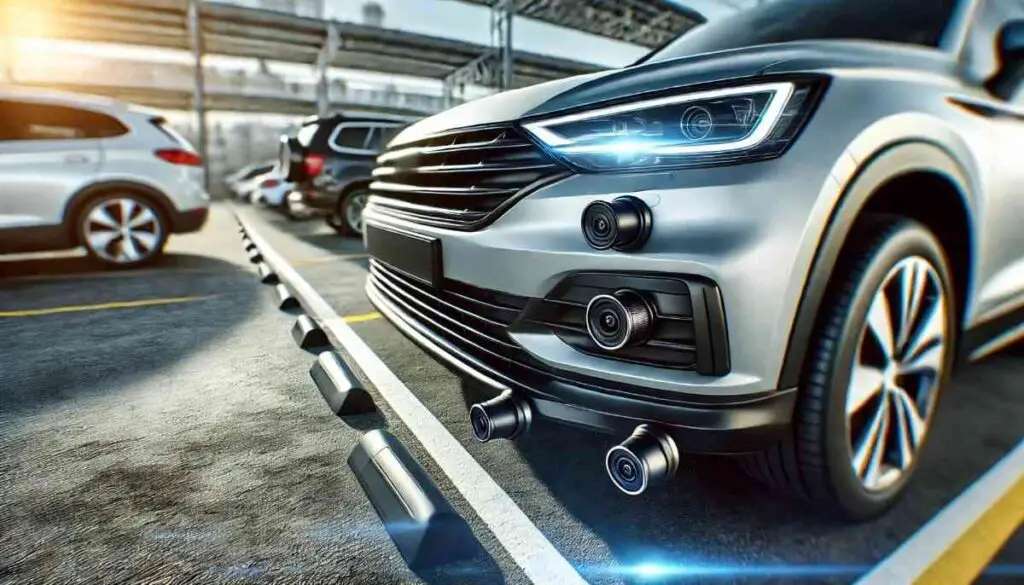In today’s fast-paced world, owning a vehicle is a necessity that provides convenience and freedom. To ensure your investment stays in top-notch condition and continues to serve you reliably, regular auto maintenance is of paramount importance. At [Your Company Name], we understand the significance of proper consumer auto maintenance, and we’re here to equip you with the knowledge and insights to keep your vehicle running smoothly for years to come.
The Importance of Regular Auto Maintenance
Routine maintenance is the cornerstone of extending the life and performance of your vehicle. Neglecting maintenance tasks can lead to costly repairs, decreased fuel efficiency, and compromised safety. By adhering to a comprehensive maintenance schedule, you not only enhance the longevity of your car but also contribute to a safer driving experience for yourself and others on the road.
Benefits of Proper Consumer Auto Maintenance
Engaging in regular consumer auto maintenance yields a myriad of benefits that go beyond the surface. From improved fuel efficiency and reduced emissions to enhanced handling and optimal engine performance, the advantages are undeniable. Moreover, well-maintained vehicles retain higher resale value, ensuring that your investment continues to pay off in the long run.
Part I: Essential Consumer Auto Maintenance Tasks
Understanding Your Vehicle’s Maintenance Schedule
One of the first steps in effective auto maintenance is understanding your vehicle’s maintenance schedule. Consult your owner’s manual to identify key milestones for tasks such as oil changes, filter replacements, and fluid checks.
Changing Engine Oil and Oil Filter
Regularly changing the engine oil and oil filter is fundamental to preserving your engine’s health. Fresh, clean oil lubricates and protects vital components, ensuring optimal performance and longevity.
Checking and Topping Up Fluid Levels
Maintaining proper fluid levels is essential for various vehicle systems to function smoothly. Regularly check and top up fluids such as:
Coolant
Coolant regulates engine temperature, preventing overheating and engine damage. Ensure the coolant level is within the recommended range.
Brake Fluid
Brake fluid is crucial for responsive braking. Inspect the brake fluid level and quality regularly to guarantee safe and effective braking performance.
Power Steering Fluid
Adequate power steering fluid allows for effortless steering control. Confirm that the power steering fluid level is adequate to maintain optimal handling.
Transmission Fluid
Transmission fluid lubricates and cools the transmission system. Follow your maintenance schedule to ensure timely fluid changes.
Windshield Washer Fluid
Clear visibility is paramount for safe driving. Regularly refill windshield washer fluid to maintain a clean windshield.
Part II: DIY vs. Professional Maintenance
Pros and Cons of DIY Auto Maintenance
Engaging in DIY auto maintenance offers a sense of accomplishment and potential cost savings. However, it requires adequate knowledge, tools, and time. DIY tasks range from simple activities like changing air filters to more complex endeavors like brake pad replacement.
When to Seek Professional Auto Maintenance
While DIY maintenance can be rewarding, certain tasks necessitate professional expertise. Seek a certified mechanic for intricate repairs, diagnostics, and tasks involving specialized equipment.
Part III: Tire Care and Maintenance
Importance of Tire Maintenance for Safety
Tire maintenance directly impacts safety and handling. Well-maintained tires provide optimal traction, stability, and efficient braking.
Checking Tire Pressure and Inflation
Regularly monitor and maintain proper tire pressure according to manufacturer recommendations. Properly inflated tires enhance fuel efficiency and extend tire life.
Rotating Tires for Even Wear
Rotating tires at recommended intervals ensures even tread wear, promoting consistent handling and extending tire longevity.
Wheel Alignment and Balancing
Proper wheel alignment and balancing prevent uneven tire wear and steering issues. Schedule regular checks to ensure precise alignment.
Part IV: Brake System Maintenance
Signs of Brake System Wear and Tear
Vibrations, squealing, or reduced responsiveness when braking are signs of brake system wear. Promptly address these indicators to ensure safe braking.
Changing Brake Pads and Rotors
Regularly inspect and replace worn brake pads and rotors to maintain effective braking performance.
Brake Fluid Flush and Replacement
A brake fluid flush removes contaminants and air bubbles, ensuring reliable brake operation. Replace brake fluid as recommended by your vehicle’s manual.
Part V: Battery and Electrical System Maintenance
Testing and Inspecting the Car Battery
Regularly test the battery’s voltage and inspect for signs of corrosion or damage. A healthy battery ensures reliable starts.
Cleaning and Maintaining Battery Terminals
Clean and protect battery terminals from corrosion to maintain a secure electrical connection.
Troubleshooting Common Electrical Issues
If you encounter electrical issues like dim lights or malfunctioning accessories, consult a professional to diagnose and resolve the problem.
Part VI: Exterior and Interior Care
Washing and Waxing Your Vehicle Properly
Regularly washing and waxing your vehicle preserves its paint and finish, shielding it from environmental elements.
Interior Cleaning and Maintenance Tips
Clean and vacuum the interior regularly to maintain a comfortable and hygienic driving environment.
Protecting Your Car’s Paint and Upholstery
Use appropriate products to protect your car’s exterior and interior surfaces from UV rays, pollutants, and wear.
Part VII: Frequently Asked Questions (FAQs)
What are the basic maintenance tasks every car owner should know?
Basic tasks include oil changes, fluid checks, tire maintenance, and brake inspections.
How often should I change my engine oil?
Refer to your owner’s manual for recommended intervals; typically, it’s every 3,000 to 5,000 miles.
Is it okay to use aftermarket fluids in my vehicle?
Stick to manufacturer-recommended fluids to ensure compatibility and performance.
Can I perform tire rotation at home, or should I visit a mechanic?
Tire rotation can be done at home, but proper techniques and tools are essential.
How can I tell if my brakes need replacement?
Squeaking, grinding, or reduced braking power are signs of worn brakes.
What’s the difference between wheel alignment and wheel balancing?
Wheel alignment ensures proper tire angles, while wheel balancing distributes weight evenly.
Why is battery maintenance important, and how often should I check it?
Battery maintenance ensures reliable starts; check it at every oil change.
How can I prevent electrical issues in my car?
Regular inspections, proper battery care, and avoiding electrical overloads can help prevent issues.
Are automatic car washes safe for my vehicle’s paint?
Hand washing is gentler on your vehicle’s paint than automatic car washes.
What’s the recommended frequency for professional detailing?
Professional detailing every 6 to 12 months helps maintain your car’s appearance.
Conclusion
Taking charge of your car’s maintenance is not just about extending its lifespan; it’s about ensuring your safety and comfort on the road. By adhering to the comprehensive guidelines outlined above, you empower yourself to make informed decisions that contribute to the longevity, performance, and value of your vehicle. Remember, regular maintenance is the key to unlocking a seamless and enjoyable driving experience.
Disclaimer: The information provided in this article is for general guidance purposes only. Always refer to your vehicle’s owner’s manual and consult with a qualified mechanic for specific maintenance recommendations.
(Note: This comprehensive guide has been created to provide detailed insights into consumer auto maintenance. For more in-depth assistance or personalized recommendations, feel free to reach out to our expert team at [Your Company Name]. We’re here to help you make informed decisions and maintain your vehicle’s optimal performance.)






